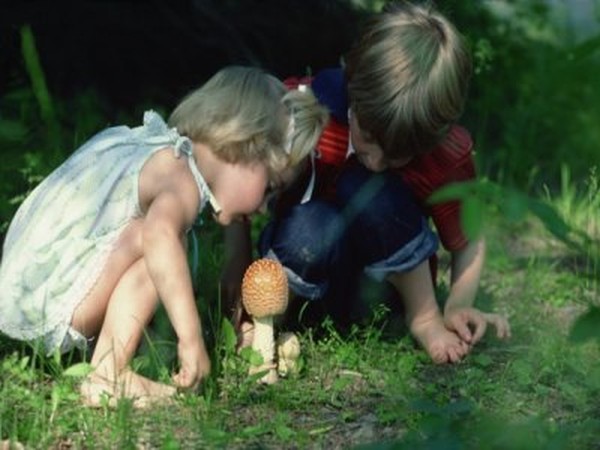Science Experiments for Kids
Science experiments for kids are a way to teach children about how things work in the world. This is not a difficult task since children are little scientist by nature. They make observations, predictions, and conclusions on a daily basis. All we need to do is direct them by exposing them to simple hands-on science experiments.

Fun and Simple Science Experiments for Preschoolers
When my son and I do experiments at home I use this 'lab report' as a guideline:
1. Hypothesis - Any question the child might have.
2. Prediction - Ask them what they think may be the answer.
3. Equipment and Procedure - Help the child determine what you'll have to do together to find the answer.
4. Results - Discuss with the child what they observed.
5. Conclusion - Determine whether the hypothesis was correct and what is the meaning behind their findings.
Sound complicated? It's actually very simple. Here is an example:
1. Will the coin sink or float?
2. I think the coin will sink.
3. Let's put water in a bowl and put the coin in.
4. The coin sank.
5. I think it sank because it is heavier/denser than the water.
In order to give children a well-rounded view of the world around them, we need to expose them to the following six components: Air, Animals, Human Body, Light, Plants, Water

New! Comments
Have your say about what you just read! Leave me a comment in the box below.